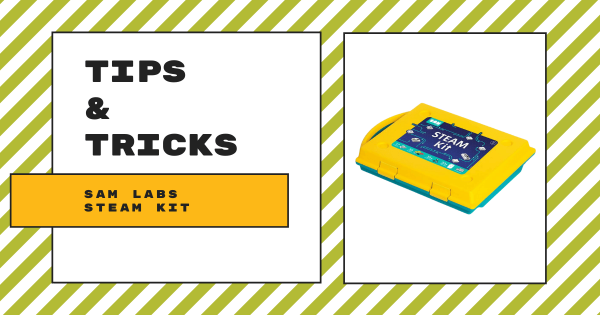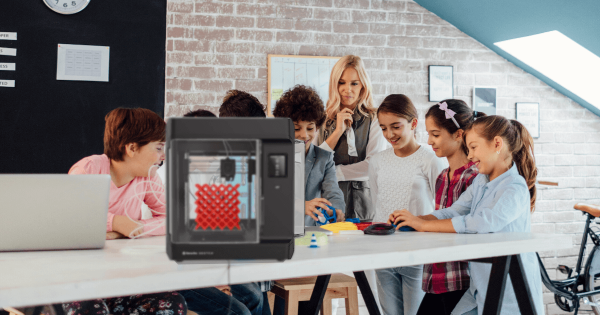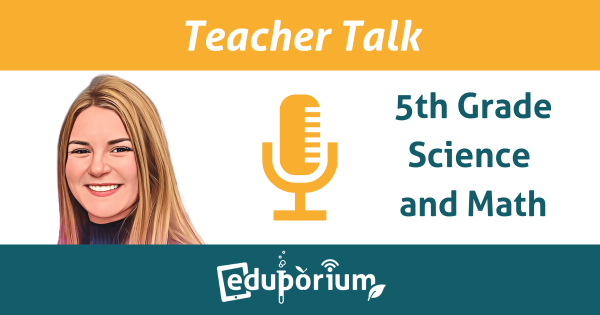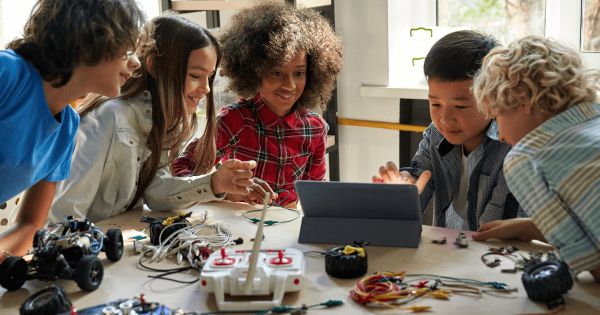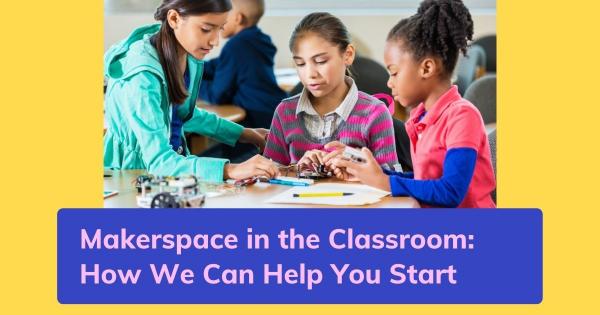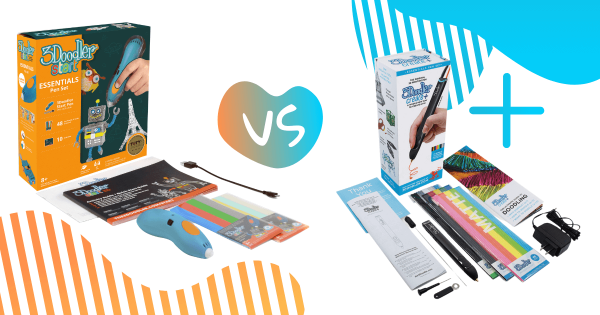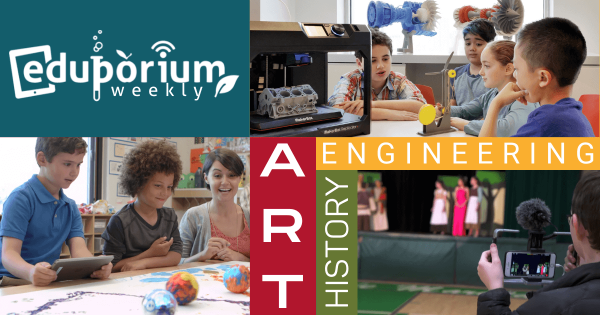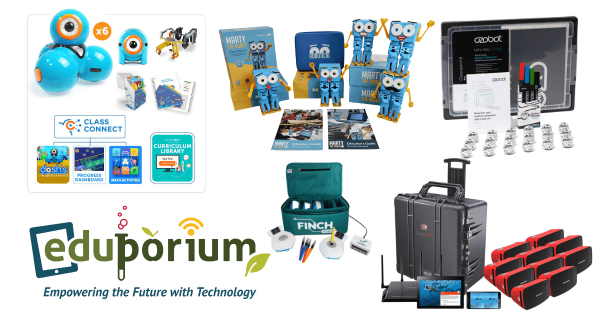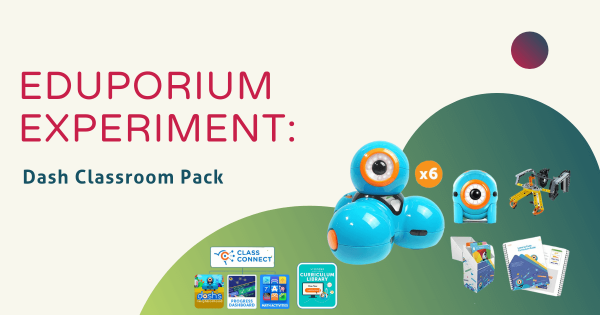When using the SAM Labs kits in your classroom, the wireless setup helps make everything easier to integrate. With the SAM Labs projects, students can apply logic, reasoning, design thinking, and computational thinking as they build inventions and, not only are they great for coding in elementary school, each kit is also great for makerspaces and afterschool activities.
Search results for 'afterschool stem'
-
The Importance Of MakerEd And The Role Of School Librarians
As the Maker Movement continues to influence early education, K–12, and even higher education, many times, it is school librarians who’ve helped to create these hands-on STEAM experiences. So, we’ve compiled this white paper with tips on leveraging library environments in designing unique and active lessons, measuring success in school makerspaces, and more. -
Teacher Talk | 5th Grade Science And Math With Lisa Blais
We’re kicking off our new Teacher Talk blog series by sharing this interview with Lisa Blais, a fifth grade science and math teacher in the Boston Public School system. Lisa has plenty of awesome insights on the accessibility of STEAM education, how she enhances activities she uses in her classroom, and how learning in the science subjects can help kids -
SEL In The K-12 Classroom: How Maker Education Fits In
Social-emotional learning is a process—and it’s arguably one that students never truly complete. Educators can, however, always help kids strengthen key emotional competencies and hands-on experiences in their classroom can play a large role, especially when they take part in STEAM or MakerEd initiatives that help them connect to their projects on an emotional level. -
Designing A School Makerspace: How We Can Help You Start
Makerspaces really help educators create dynamic and real-world learning scenarios for students but they do not always have to include all the latest bells and whistles. So much planning sometimes goes into designing new school makerspaces from your budget considerations to your technology research and, if you’re looking to get started, our team is ready to help. -
The 3Doodler Start Vs. Create: A Comparison Of 3D Printing Pens
Both of the 3Doodler 3D printing pens enable makers to bring any creative ideas to life by drawing them out in three dimensions. With this specialized but simple technology, kids can write vertically and create cool projects of various sizes and colors. And, while each pen has value in the right setting, there are lots of key differences between the -
Makerspace Learning In Different Areas Of The Curriculum
You probably know by now that we are huge advocates of makerspaces in K–12 schools. The added freedom for creating, hands-on experimentation, and exploration that they provide for students helps them learn in so many new ways. Now, many educators have even gone as far as to create their own makerspace curriculum after seeing all the benefits for students. -
Eduporium Weekly | SEL In The Classroom
In addition to key STEM skills that students will likely need, they are going to need strong soft skills, like communication, collaboration, and listening, too. As such, the social-emotional aspect to teaching exposes kids to the process through which they acquire and apply the knowledge, skills, and attitudes necessary for managing emotions and building relationships. -
Classroom Packs: A Solution For Collaborative STEAM Learning
The class packs on our store—available for many top STEAM items across disciplines—come with everything teachers need, and they fit into different instructional formats. The components often include your main product—it is often around 6-30 units depending on the size of the bundle. Then, there are various accessories, like chargers, project guides, and teacher content. -
Eduporium Experiment | Dash Robot Classroom Pack
These class packs help ensure educators deliver efficient instruction, provide actionable feedback to students, and maximize the teaching potential of the Dash. Recently revamped, the latest Dash Classroom Packs are perfect for introductory coding lessons and continue to be an incredibly effective option for facilitating high-quality STEM lesson plans.



